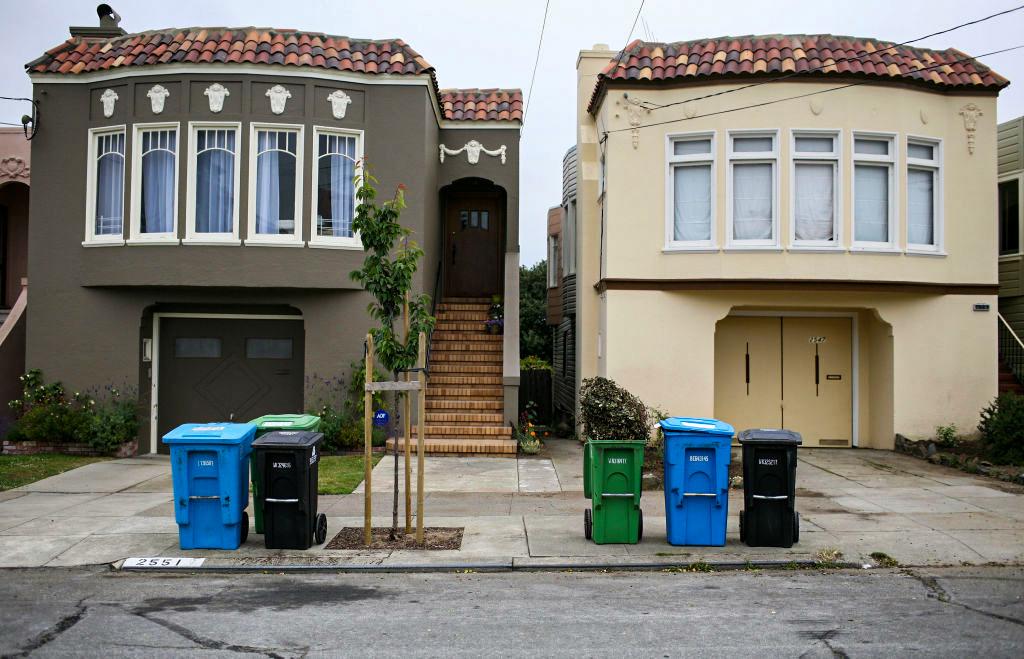Commentary
Dean Preston, a member of the San Francisco Board of Supervisors, has set the wheels in motion to put a residential vacancy tax on the November ballot.

Dean Preston, a member of the San Francisco Board of Supervisors, has set the wheels in motion to put a residential vacancy tax on the November ballot.